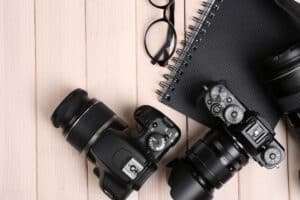Choosing the perfect camera is simply about deciding which camera is ideal for you. That’s since there are so many choices out there, spanning so many areas, that labeling them as “best” isn’t always straightforward. Is there a difference between a $2,000 full-frame mirrorless camera and a $399 GoPro? Not if you’re snowboarding down a mountain and capturing 4K video. Is a $90 quick camera better than a GoPro? If you need a photo right now, don’t bother.
Then there’s the matter of money. A $2,000 camera captures better images than a $200 camera, but the $1,800 differential in picture quality may not have been worth it if you solely use them for social media.
The good news is that practically every camera nowadays is a fantastic shooting machine loaded with photographic technology to assist you in capturing the best photographs possible. The best mirrorless camera works without a reflex mirror and light passes through the lens directly to the digital sensors.
What you will see here?
The Best Cameras you can choose from:
Sony Alpha A6100
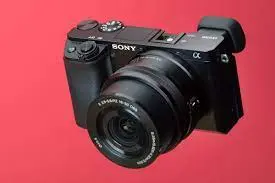
The Sony a6100 isn’t only the finest mirrorless camera; it was also the best camera overall, thanks to its exceptional image quality, extensive feature set, and low price.
The a6100 is a small, well-built camera with good ergonomics: it fits nicely in your hand but all of the functions are within easy reach. We were particularly delighted by the Sony a6100’s capacity to snap sharp, clear photographs in any circumstance throughout our testing; its intelligent, rapid autofocus, as well as its 11fps shooting speed, surely helped. Plus, with 420-shot battery life, you should be able to go a whole day without needing to recharge.
The a6100 also contains a microphone connector for better audio pickup and can record a 4K video. If you just want in-body image stabilization, you’ll have to look at the Sony a6500 or a6600.
Still, with a cost of roughly $750, or $850 with such a lens, that’s a reasonable compromise – it’s a true photography bargain.
Canon EOS R6

The Canon EOS R6 is the priciest camera on this list, and it’s also the greatest in terms of overall performance. Because of its high price, it probably isn’t the best camera for everybody — thus why it’s not ranked first — but if you can buy it, it’s a no-brainer.
The R6 is a mirrorless camera with 20MP full-frame sensors that excels at autofocus. We discovered it to be unerringly precise when tracking subjects, including fast-moving dogs, in our tests; it could even lock onto another dog’s eye because it runs and keep with it, as evidenced by images. Its built-in picture stabilization is almost as impressive; with the correct Canon lens attached, it can provide up to 8 extra stops of stabilization, and even without it, it can provide up to 5. We were able to get sharp handheld images at 2- and even 4-second exposure speeds. It’s also fantastic in low-light conditions, with photographs shot at ISO 6400 displaying almost no noise and images taken at ISO 102,400 being acceptable.
On the downside, 20 megapixels may not have been sufficient for all users. It can shoot 4K up to 60 frames per second, but due to overheating difficulties, it can only do so for about 30 minutes. It’s tough to beat if you prefer stills to video and can pay the $2,500 body-only price.
Fujifilm X-T30
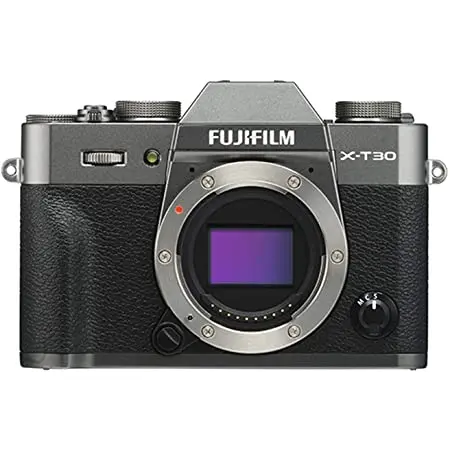
The Fujifilm X-T30 is among the best mirrorless cameras under $1,000, with many of the same capabilities as the more costly X-T3. It is well deserved for its place in our best camera main rankings. We like how retro it looks and how many dials it has, as well as how futuristic it is with its articulating touchscreen.
The X-T30 captured stunning images in a variety of lighting conditions, and there are a plethora of settings & artistic effects to help you get the most out of your photos. It has a strong CPU that lets you shoot DCI 4K video at 30 fps. However, you’re restricted to 10-minute films, so if the video is your primary concern, the Sony a6600 is a better choice.
Fujifilm X-S10

It’s tough to envision another camera that offers the very same combination of strength, performance, price, and appeal as the Fujifilm X-S10. It’s a good choice for both hobbyists & professionals seeking a tiny mirrorless camera that can handle both images and video. You get a tried-and-true 26.1MP APS-C sensor (the same as the Fujifilm X-T4, see the above) as well as remarkable in-body image stabilization for a camera this small (IBIS).
This feature, which helps you maintain picture quality while filming handheld, is also featured in several smaller Sony & Olympus cameras, and none of them, offer the X-great S10’s handling or feature set. It has a helpful vari-angle screen, good build quality, and the ability to record 4K video. It’s an excellent travel or street camera with a prime lens, but due to the X-broad S10’s grip, it also performs very well with longer lenses.
Canon EOS Rebel T8i
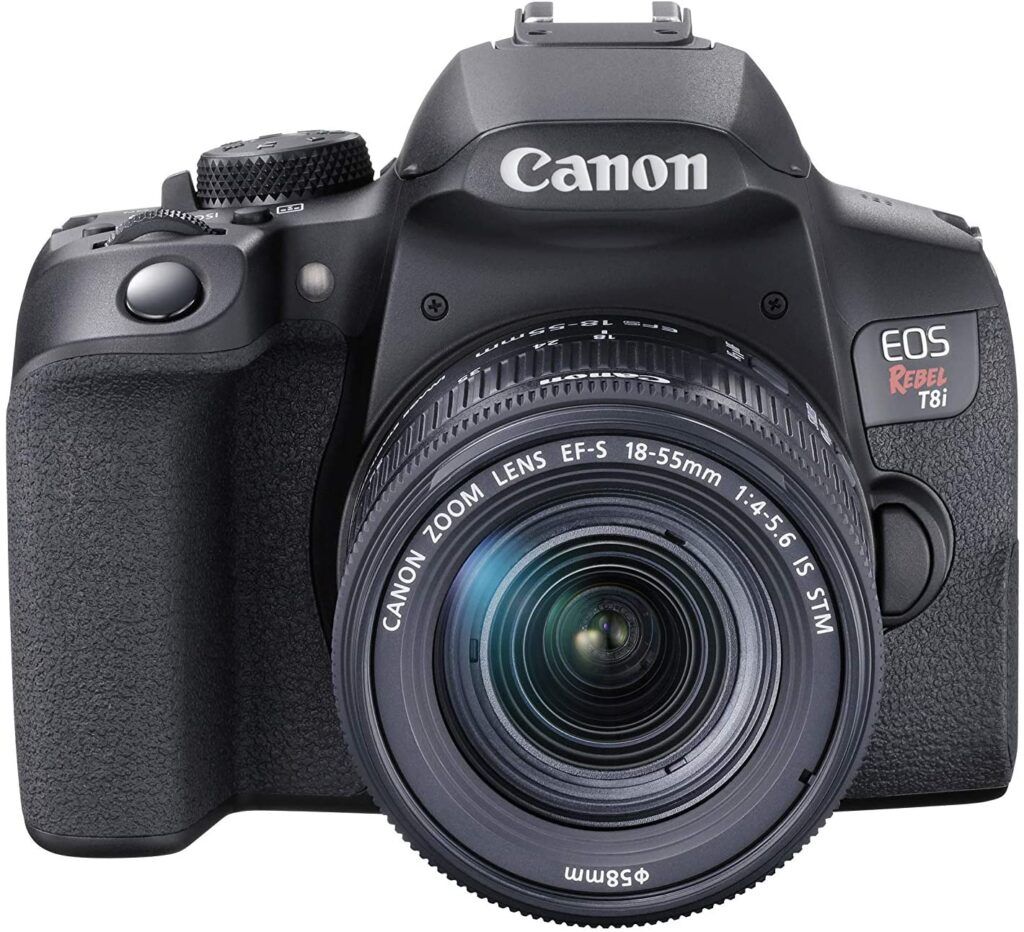
If you’re seeking a DSLR-style system, many casual photographers would find that Canon EOS Rebel T8i is the perfect camera for you. The T8i, like its predecessor, produces excellent photographs and comes with a number of useful built-in instructions to assist newbies in learning how to operate the camera.
While the speed is capped at 24 fps, the EOS Rebel T8i also can make videos at a resolution of 4K, which should satisfy people who want to film higher-quality movies. It also includes a headphone jack for improved audio and the ability to capture vertical video, which is great for social media.
Nikon D5600

The Nikon D5600 is the best camera for most people looking for a Nikon DSLR, featuring a 3.2-inch swiveling touchscreen, 24-megapixel sensors, and compatibility with a wide selection of lenses. In trials, we discovered that it captured excellent photos and has a wonderful wide ISO range. We particularly liked its battery life, which would be rated at 970 photos, and we were able to shoot with it for an entire day. It’s fantastic for expert photographers searching for manual mode controls, while also providing a variety of assisted shooting modes to help instruct and educate newbies. Thanks to Nikon’s classic d-pad as well as some dials and knobs.
One of our complaints about the D5600 is that it can only record video at a high resolution of 1080p/60 frames per second. But, for a camera at about this price, that’s not excessive, plus it comes with a separate audio jack. Overall, it’s a fantastic kit.
Nikon Z6 II
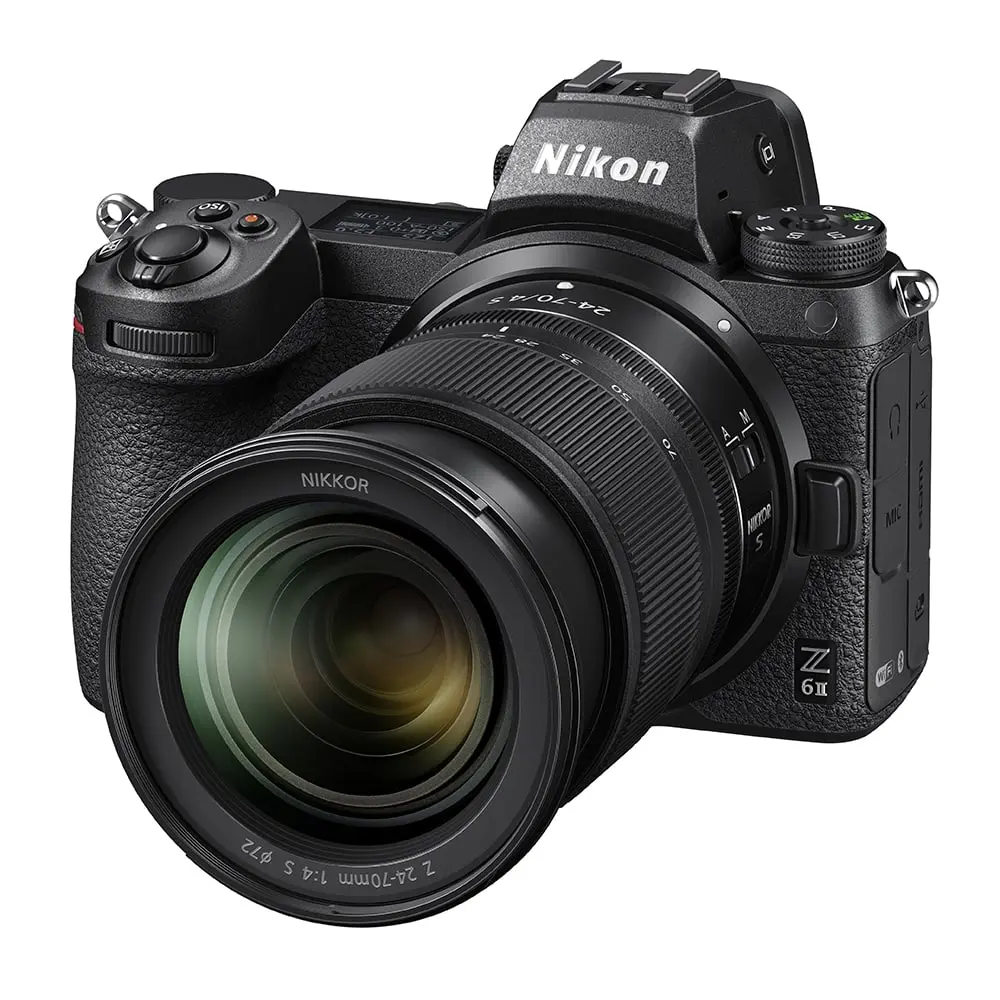
For a long time, the Nikon Z6 was the undisputed monarch on this list. While the Z6 II is simply a minor upgrade, it should be the consideration of anyone associated with the full camera. The Z6 continues to be a wonderful deal, but if you can afford it, we believe the Z6 II is worth the extra money.
Its added Expeed 6 processor adds a slew of new features, including a powerful 14fps burst mode (up from 12fps just on Z6) and some useful autofocus enhancements (especially with animal eye/face detection). A firmware update has added a new 4K/60p option to the current XQD/CFexpress slot as well as an extra UHS-II card slot to join the existing XQD/CFexpress slot.
The 24MP filled BSI CMOS sensor operates effectively at high ISOs in a variety of circumstances. In addition, the Z6 II offers class-leading build quality and feels more robust in the hand than its competitors.
Nikon Z5
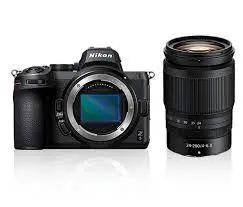
Despite its flaws, the Nikon Z5 is currently the best entry-level entire model available, making it a great choice for those wishing to make the switch to larger sensors for the first time. There was a lot we like about Nikon Z5, such as its 24.3MP sensor, which consistently produces vivid, clear, & clean images, a reliable autofocus system, and a comfortable and well-built chassis.
Its inclusion of the same high-resolution lens as the more modern Z6/Z7 siblings is a pleasant touch that elevates the whole experience. What drags the Z5 down are features that some may not care about, such as the 4.5fps max frame rate, which is disappointing for sports shooters, as well as the cropping applied to 4K footage, which is inconvenient for vloggers. Neither of those things disturbs you? It was one of the best cameras for photography, and it’s a great option for people looking for a full-frame at a tight price.
Conclusion-What are the best cameras?
In our opinion, the Sony Alpha a6100 is the best camera for most people. The mirrorless camera is small, captures great photographs and video, and comes with a 16-50mm lens for roughly $750. The Sony a6100 features a 24MP sensor, 4K video recording, and quick autofocus technology. It has a 420-shot battery life, but if you want to use it frequently, you’ll like to invest in a spare battery.
If you’re searching for a DSLR camera, we believe the Canon EOS Rebel T8i is the best option for most people; it has a 24-megapixel sensor, a broad ISO range (100-25600, extendable to 51,200), and a good claimed battery life of up to 1240 photos. It has a lot of built-in tutorials to help newbies, and the ability to record film in 4K/24 fps, which is still unusual for DSLRs in this price range. The T8i also has a microphone connection for better audio and can take vertical video.
If you like Nikons, we recommend the D5600, which produces fantastic photos, has a 3.2-inch swiveling touchscreen, and handles nicely. It’s ideal for advanced photographers who want complete manual control while also having a number more assisted shooting settings to help instruct and educate newbies. However, due to its age, the D5600 can only take video at a high resolution of 1080p/60 FPS.



